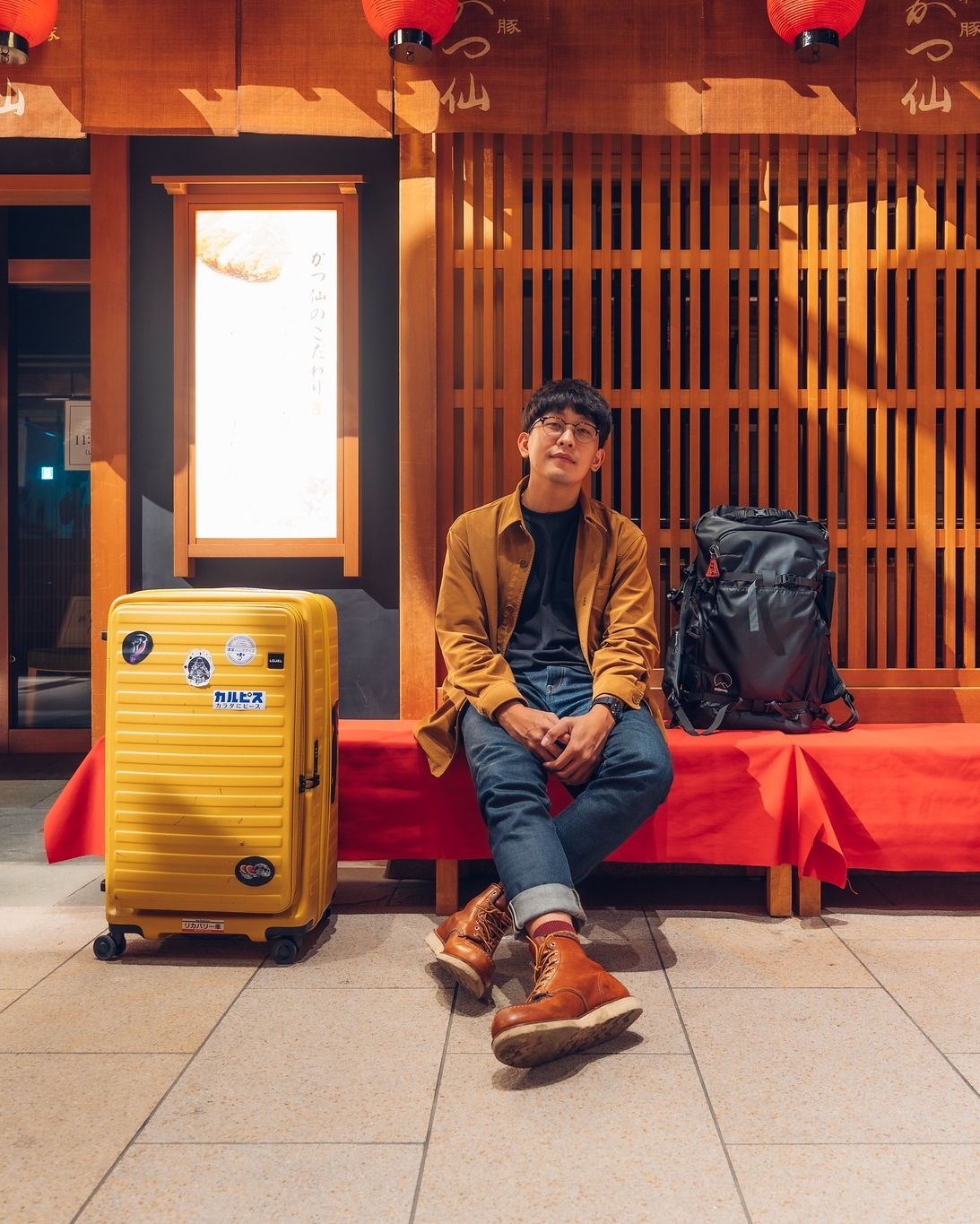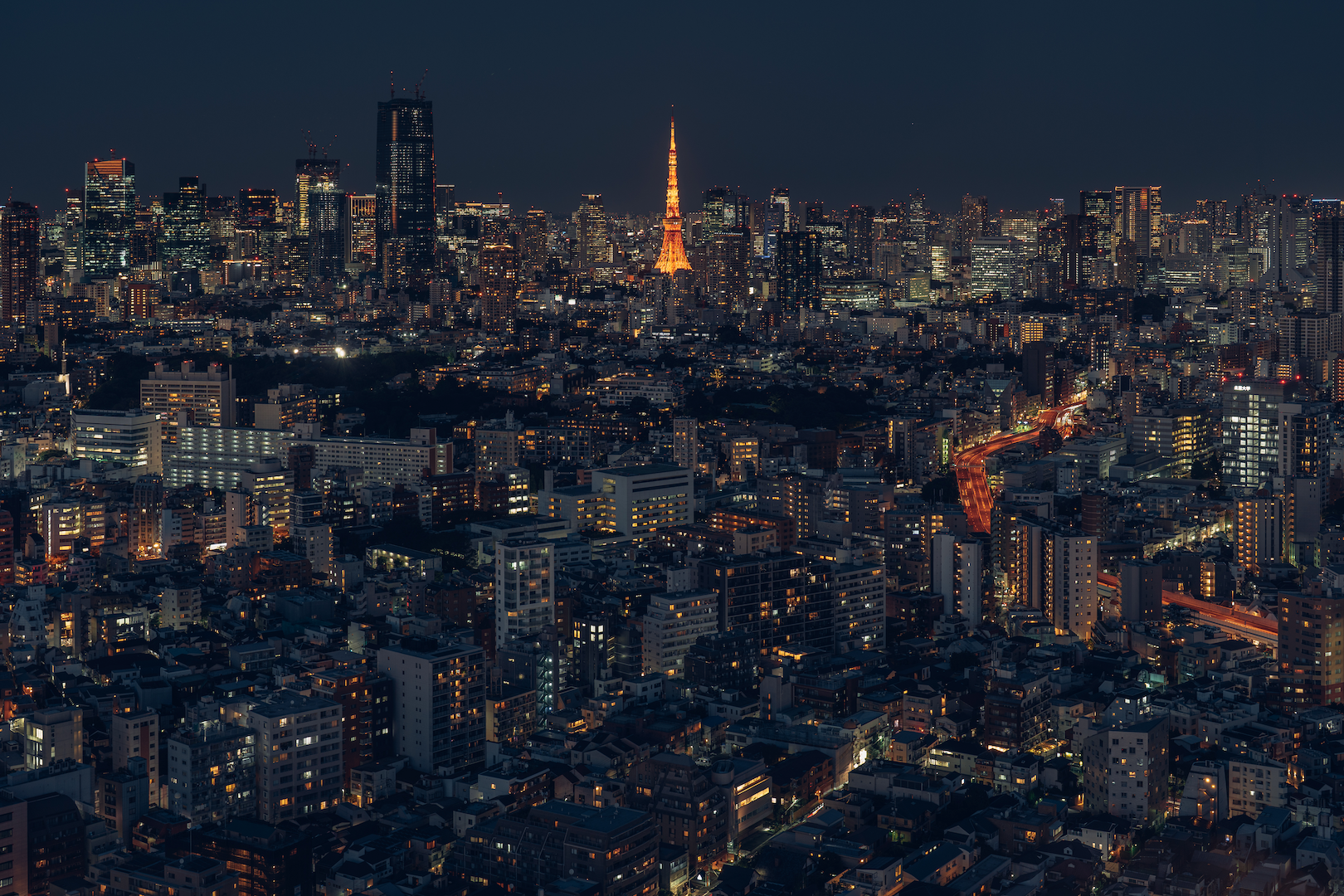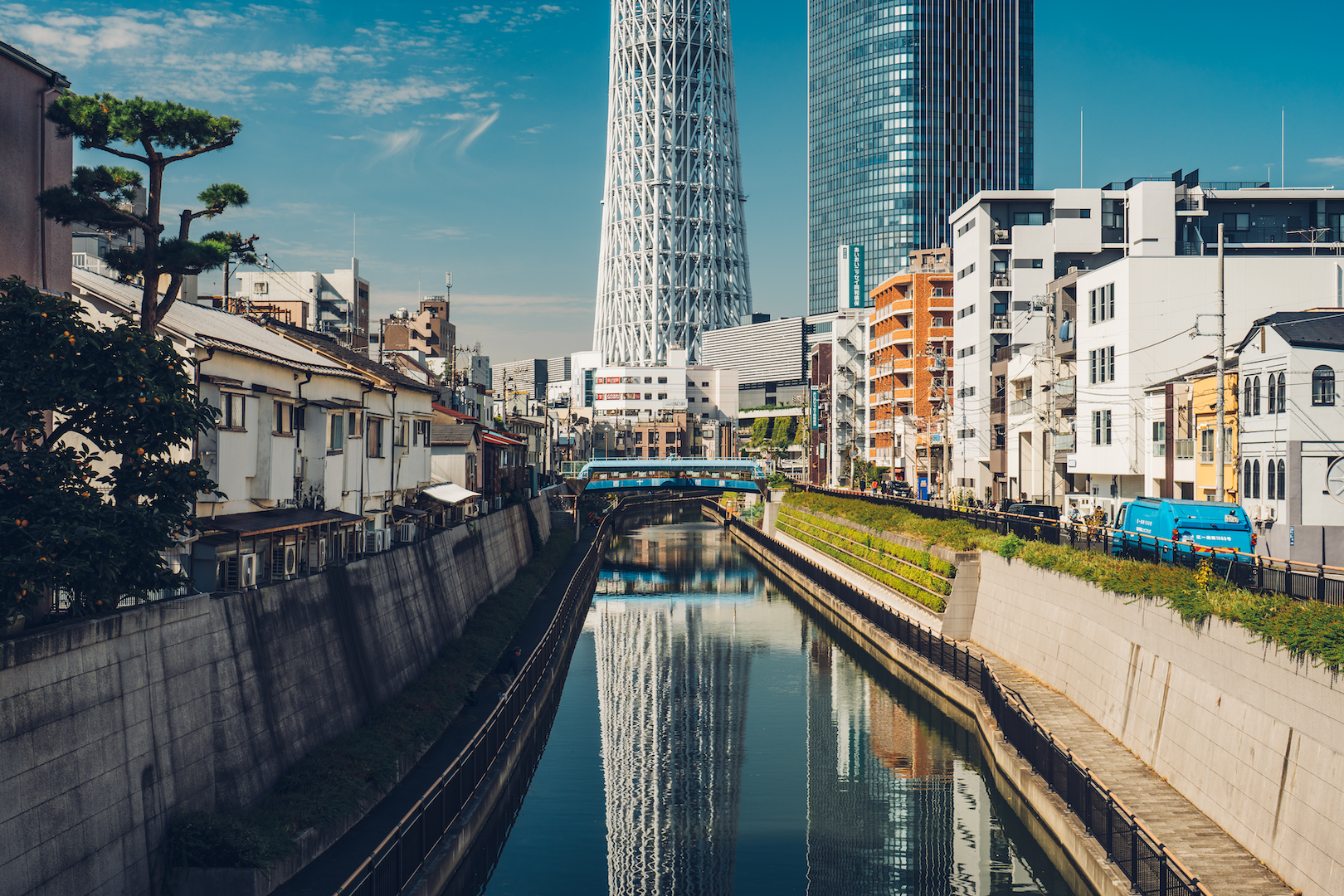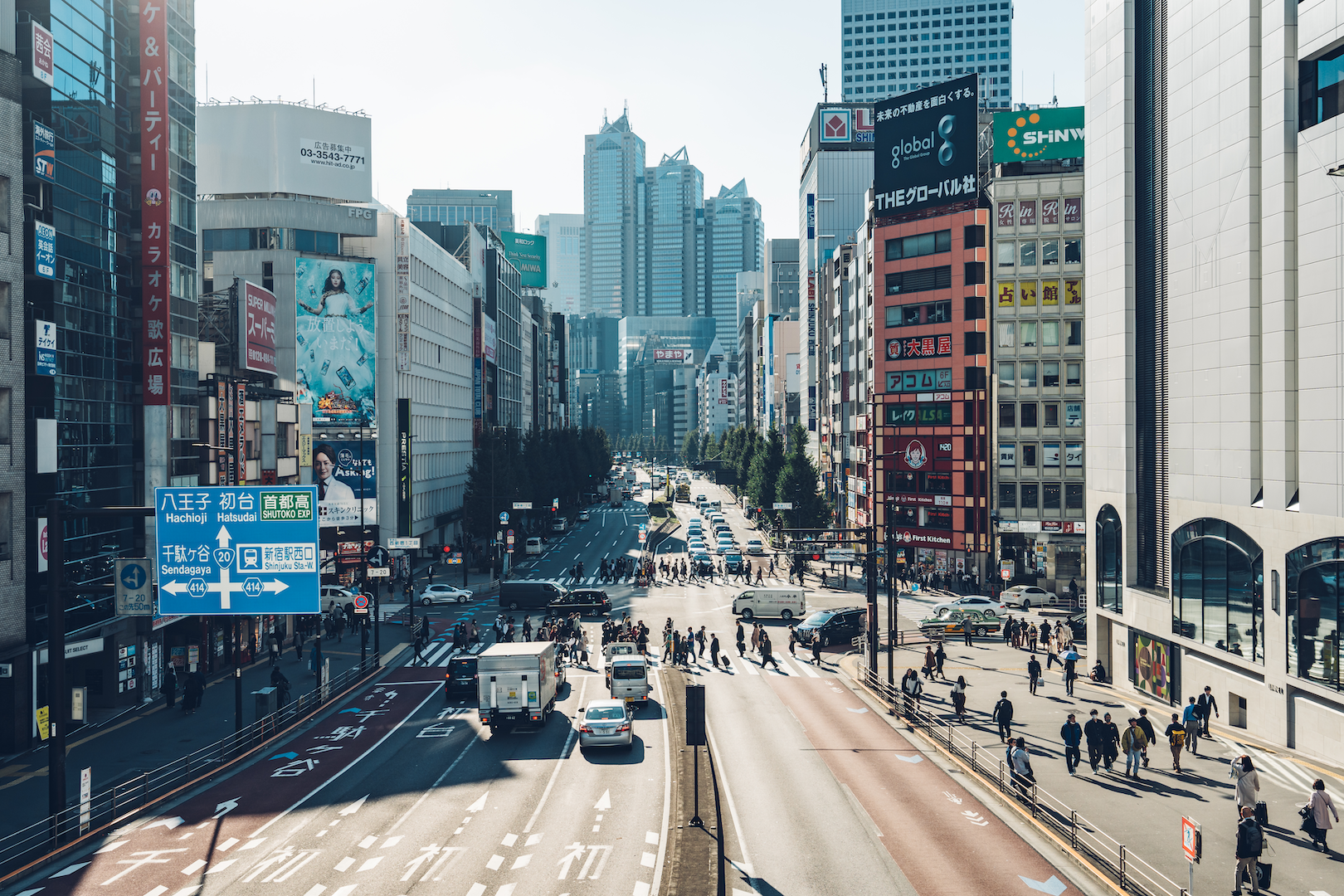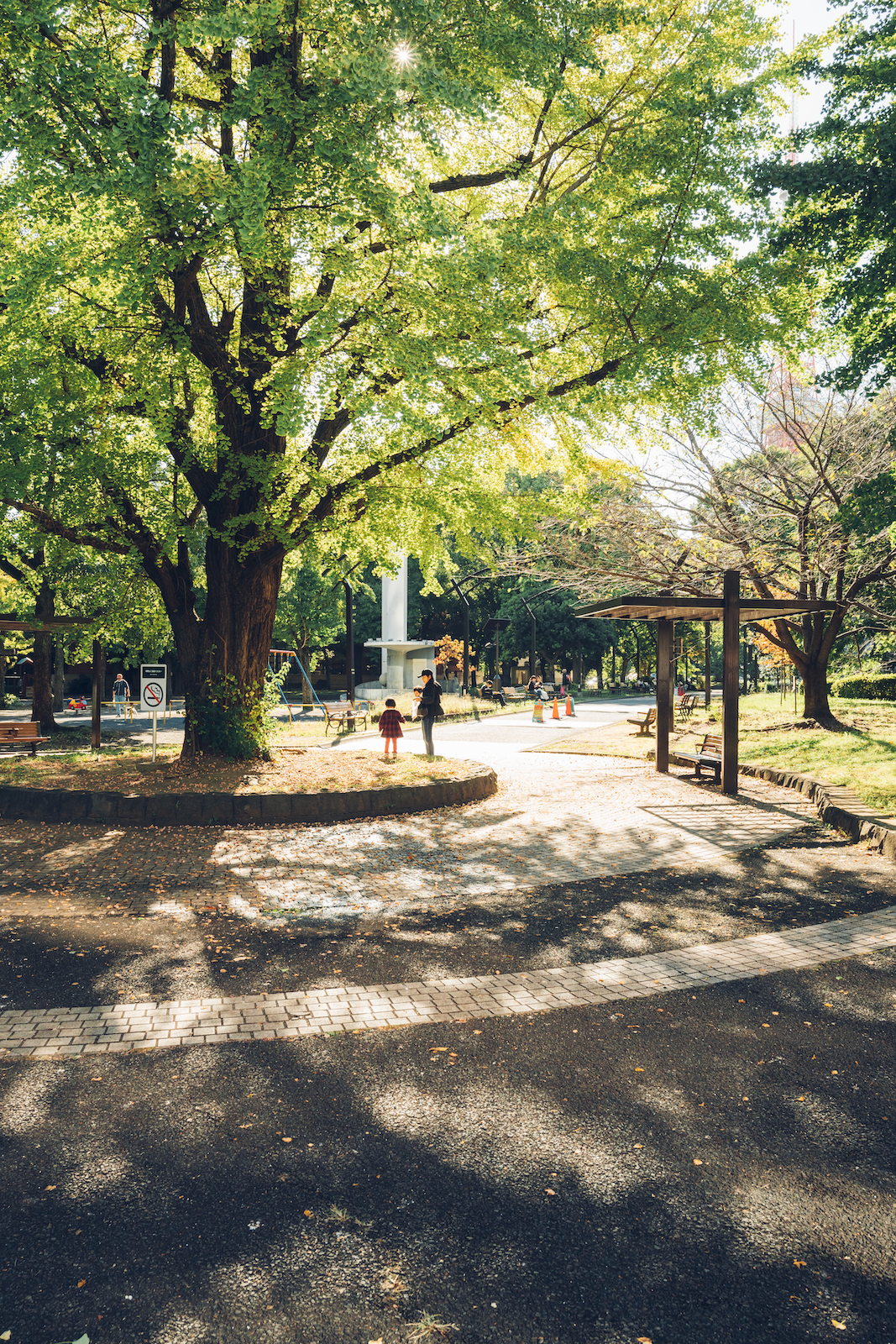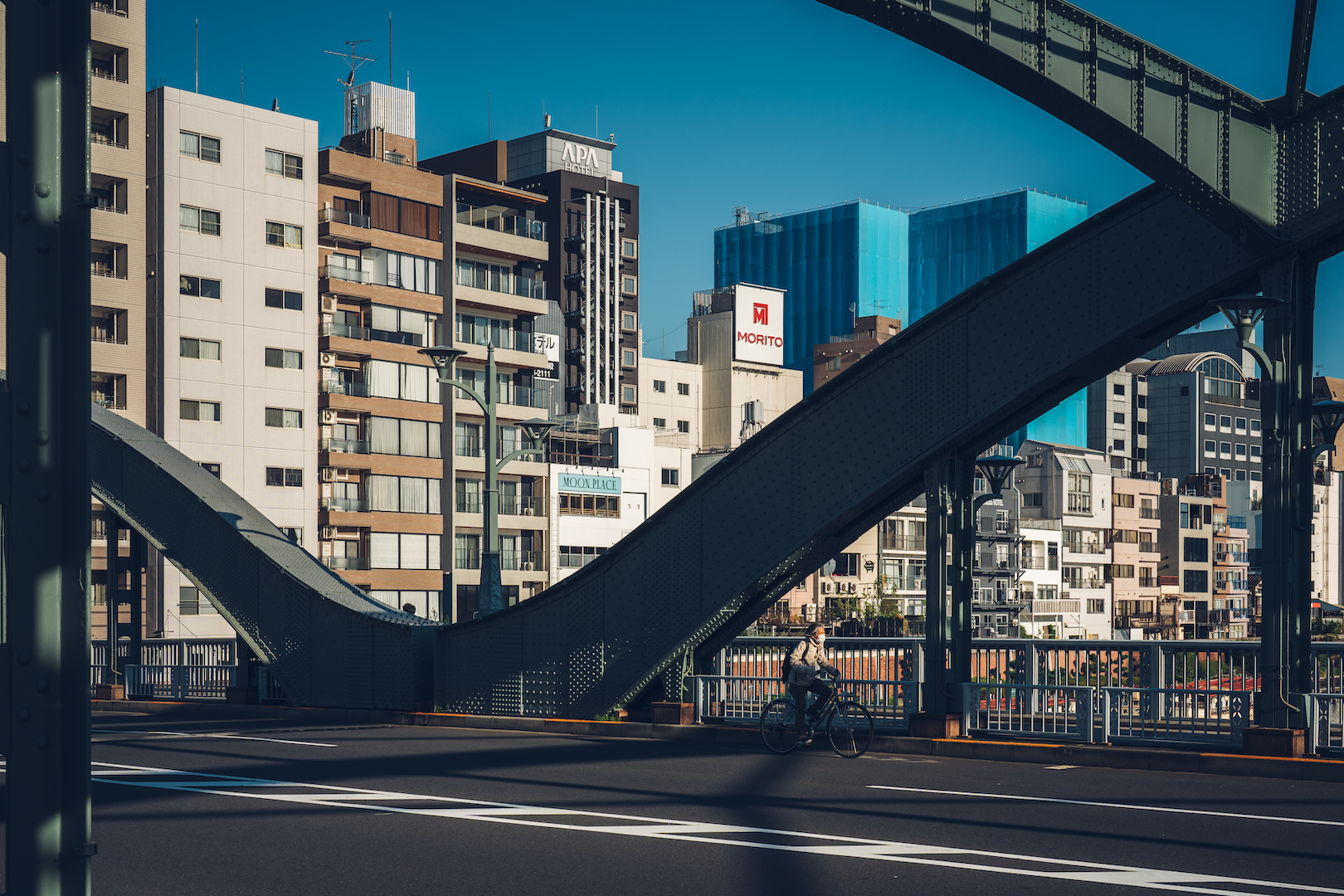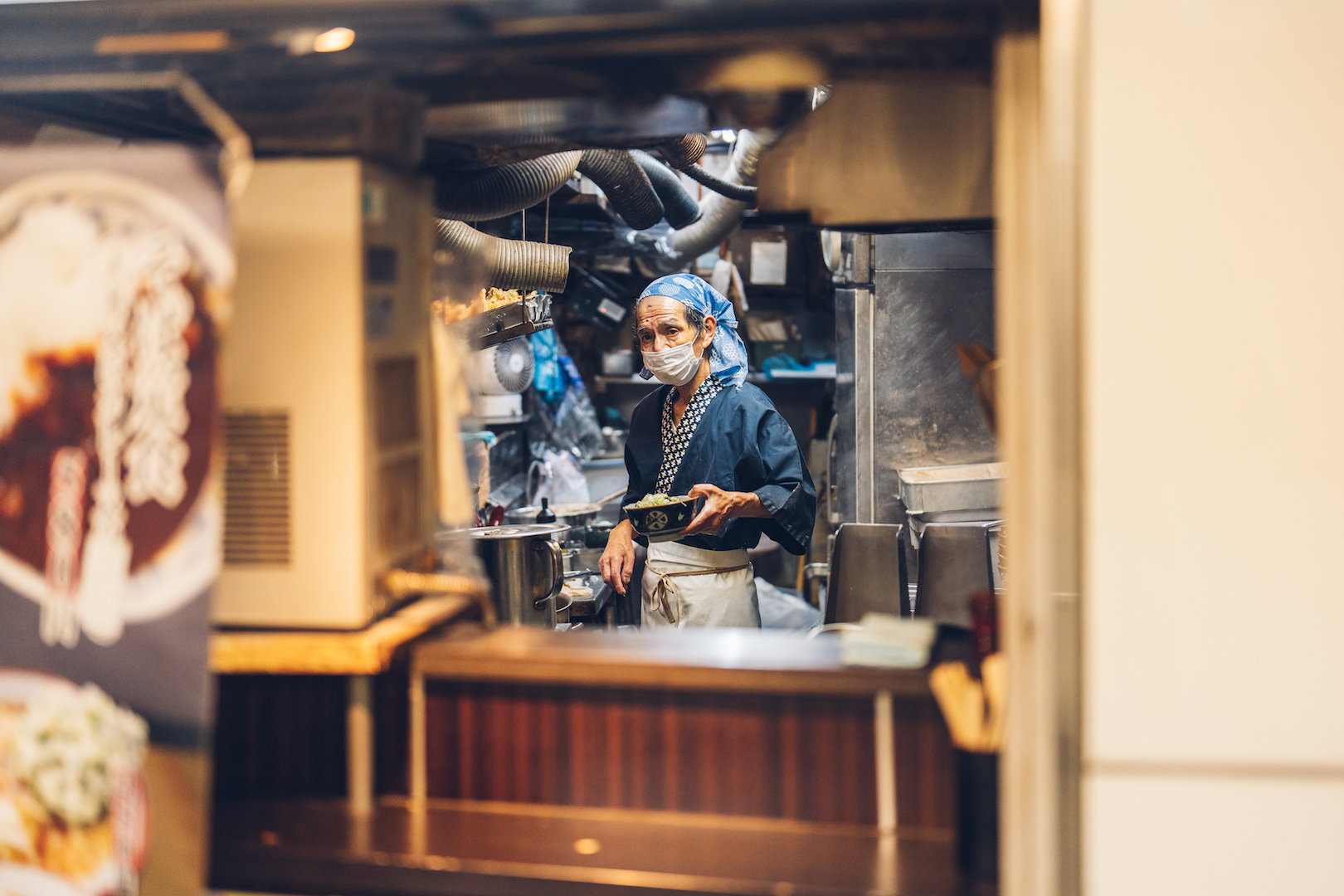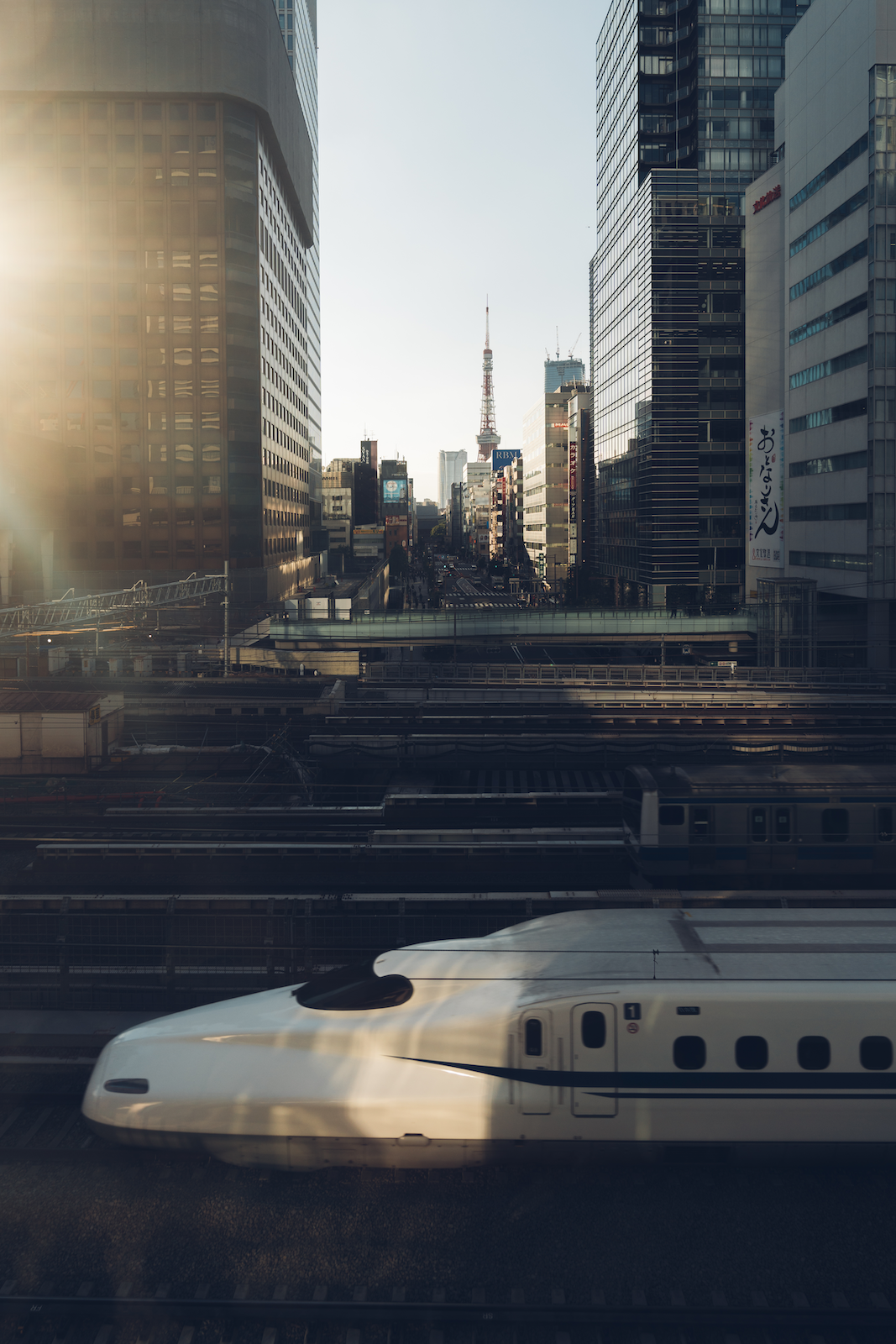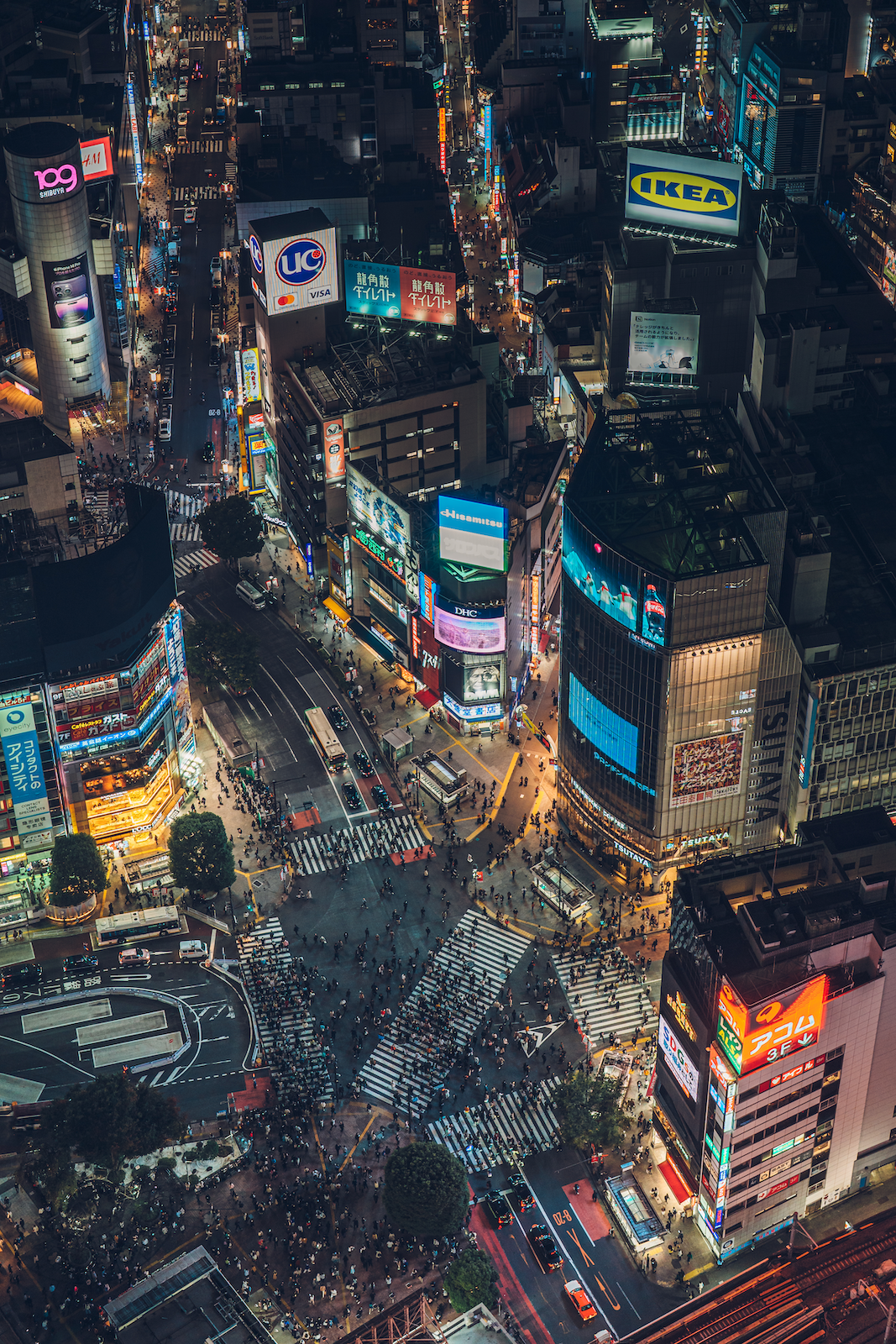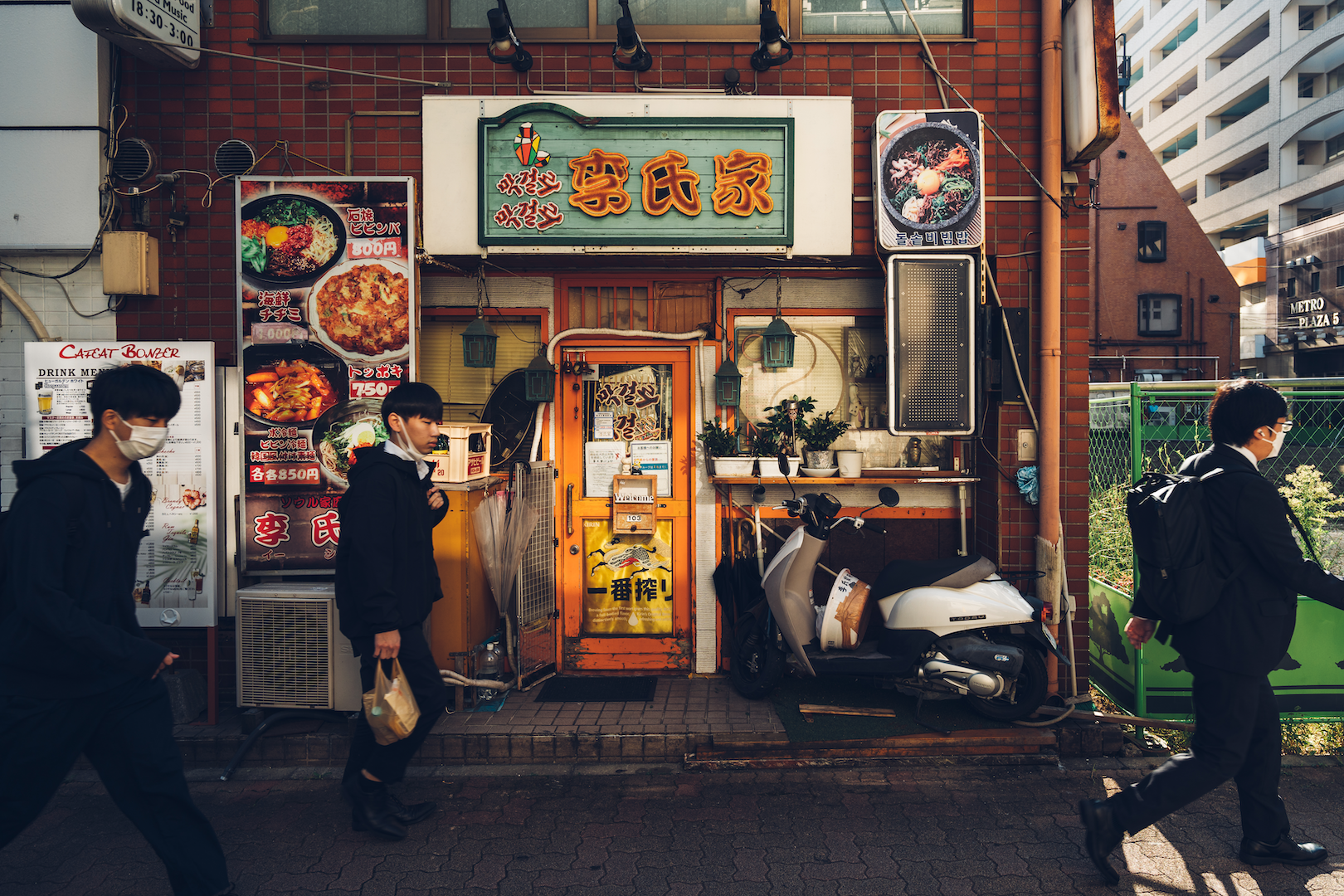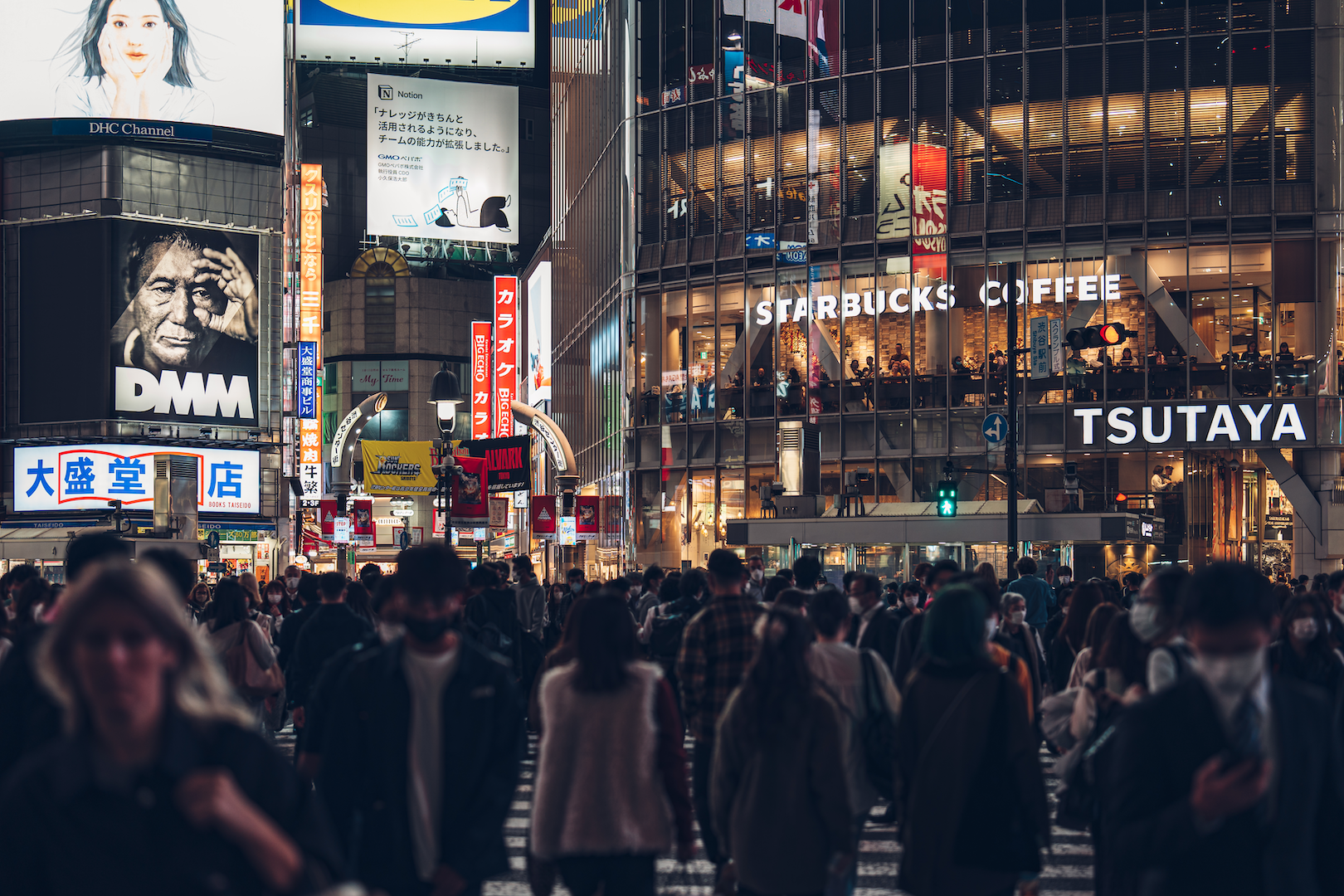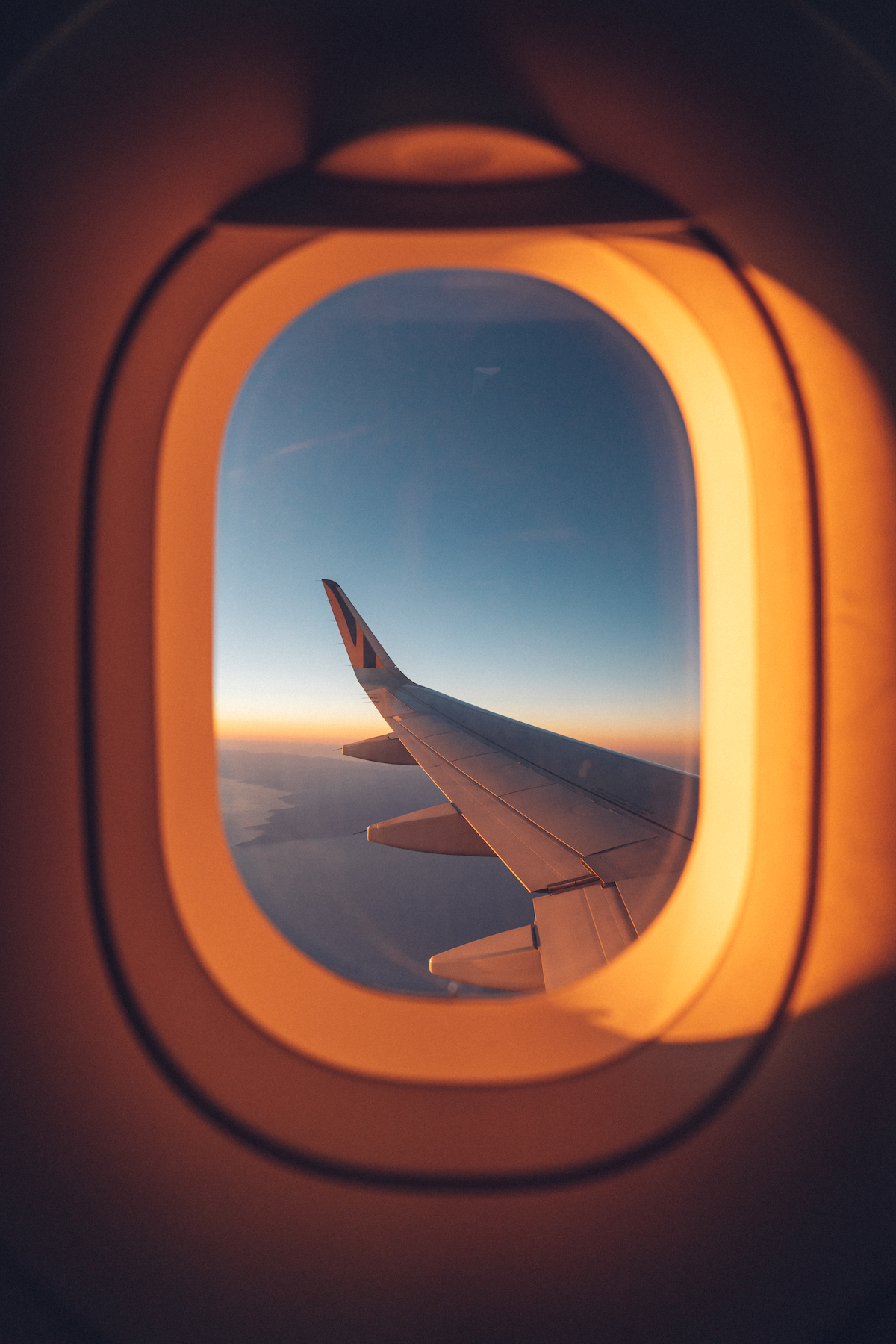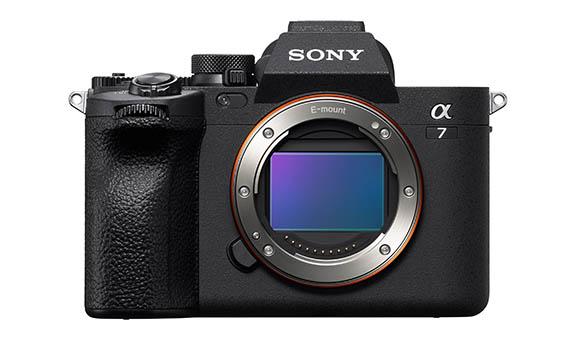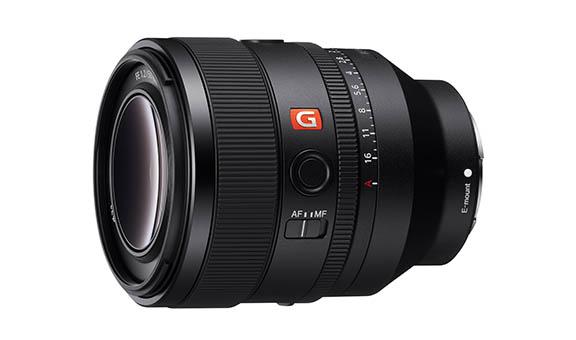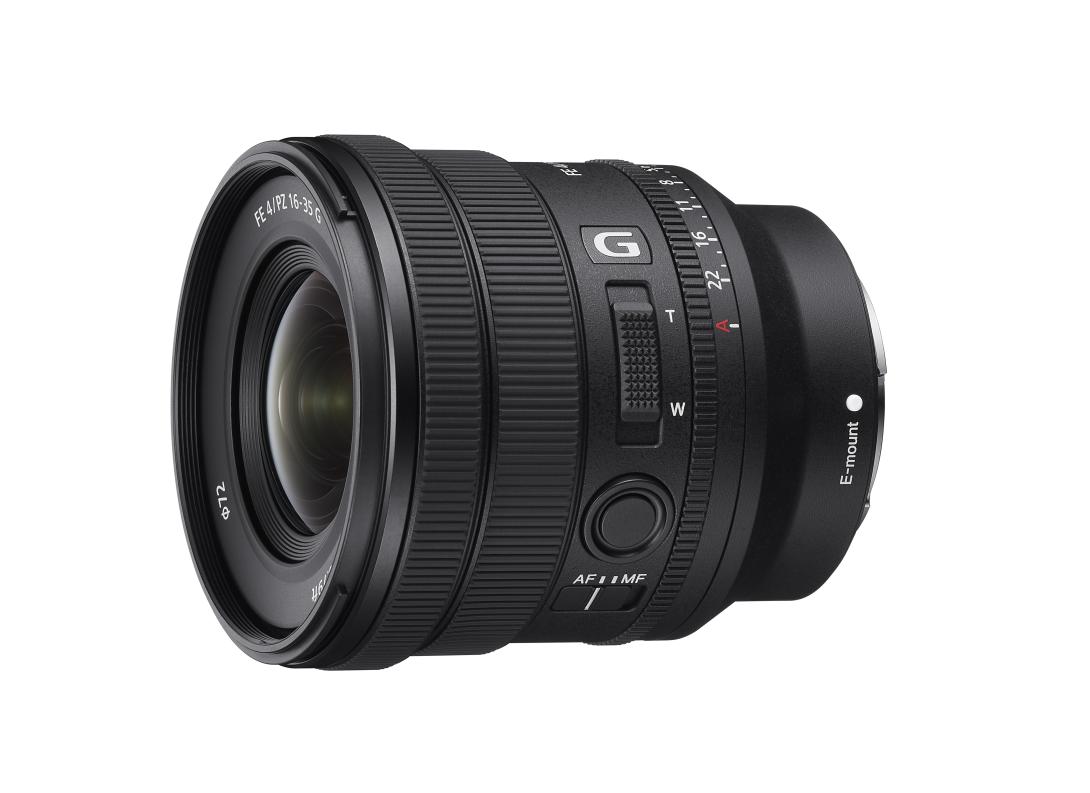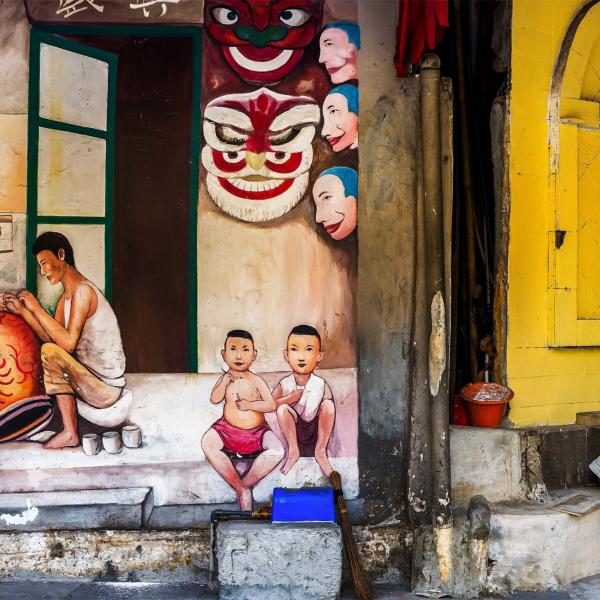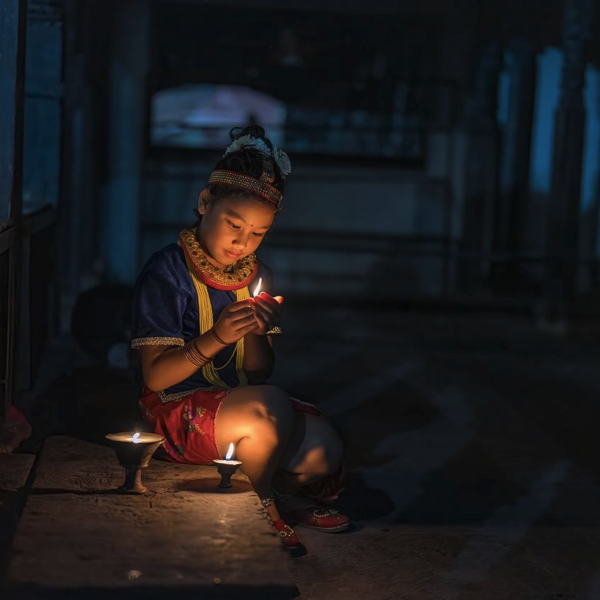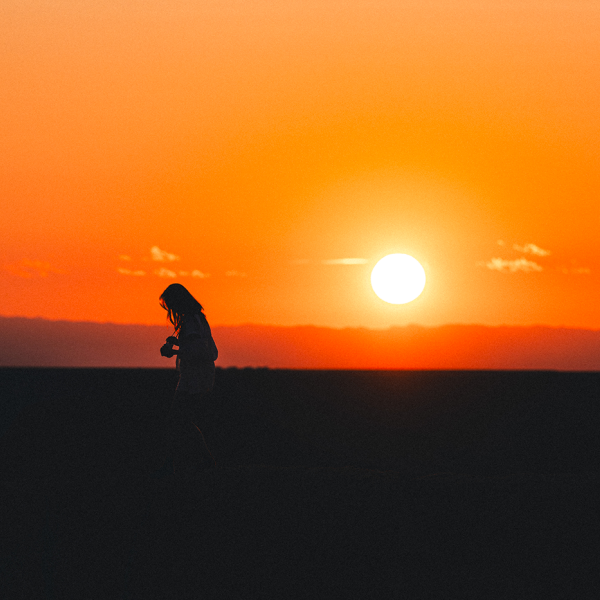Seeing Tokyo Through Different Perspectives with Ricardo | Alpha 7 IV | Alpha Traveller
Sony Alpha cameras and lenses deliver awe-inspiring imagery, preserving the invaluable moments that we experience on our journeys. In this Alpha Traveller series, follow our globetrotters as they set off to explore and discover the wonders of the world.
Built for today’s creators, the Sony Alpha 7 IV offers ground-breaking shooting performance, AI-powered tracking and Creative Look settings that bring artistic masterpieces to life. These features were a no-brainer for Taiwanese travel photographer, Ricardo (@songmatin), who has an uncanny knack for challenging perceptions of the ordinary.
With the Alpha 7 IV by his side, Ricardo set out to push his photography skills to the limit in Tokyo. “Every trip is an opportunity to see how far I have come in my photography journey. My vision for this trip was twofold: showcase the peculiarities of life in Tokyo, and breathe new life into fixed locations like cafes and buildings,” said Ricardo. Read on to learn more about how Ricardo captured the different sides of Tokyo on camera.
Getting a Lay of the Land
During the preparation phase, Ricardo looked at other people's works to familiarise himself with unknown places. "Whenever I saw a picture that I liked from official travel accounts or local photographers, I would use them as a point of reference and study the locations using Google Maps' Street View feature. With this app, I was able to find nearby vantage points and even other photo-worthy spots that were on the next street over," he explained.
Besides location, timing is just as crucial in creating stunning visual effects. "In each location, I would study the sunlight's angle at different periods to figure out the perfect combination of lights and shadows for buildings or other subjects. For example, when shooting midday photos, I would include shadows to mellow out the harsh sunlight. As for night scenes, I would arrive at the shooting location before the blue hour to take advantage of the sky's soft afterglow for a more dramatic feeling."
The Perfect Kit for Urban Sights
Ricardo chose the Alpha 7 IV for its fast performance and adaptability to the outside environment. "It's important to have the shooting settings work for you so you are less likely to miss precious moments, which is what the Alpha 7 IV is capable of. When taking street shots, I would set the camera to P or A mode using the full aperture and multi-mode metering feature and let the camera handle the rest. The camera also comes with a flip-out screen, allowing me to see my subjects no matter where I'm shooting from," he said.
When shooting, he tries to preserve the original colours and details as much as possible to enhance the visual appeal of the photos. "I usually set the camera's Creative Look setting to NT and play with the white balance to get a consistent tone. I also prefer not to overdo the HDR setting so I can preserve as much of the lights and shadows as possible. This way, viewers can think deeply about what is happening in the photos."
Ricardo chose to pair his camera with the FE 50mm F1.2 GM large-aperture prime lens and the FE PZ 16-35mm F4 G ultra wide-angle lens because of their superior image quality. "The FE 50mm F1.2 GM lens allowed me to focus on specific subjects, while the FE PZ 16-35mm F4 G lens was perfect for capturing the hub-bub of the streets or skyscrapers without any loss of detail. Both lenses can be paired with the Alpha 7 IV's Super 35mm mode, which lets me shoot from greater distances and play around compositionally with backgrounds."
Lessons for Aspiring Travel Photographers
For photographers looking to embark on new journeys, Ricardo encourages them to go where the locals are. "Walking pedestrians can be the perfect framing device, as they can be blurred out depending on how fast they walk, leaving the main subject in full view. You can also shoot large groups of tourists to convey the busyness of the metropolis," said Ricardo.
Ricardo also recommends capturing photos in RAW format to preserve important details. "Shooting RAW photos can improve exposure and bring obscure features to light, even during sunny conditions. It also makes pre-shooting and post-production editing faster and easier to perform for a cleaner and more natural look."
Lastly, Ricardo encourages aspiring travel photographers to step out of their comfort zone and not be afraid of making mistakes. "As cliched as it sounds, everyone makes mistakes. Worrying about making mistakes is less fruitful than thinking more about how you can learn from them. Once you've polished this ability to avoid them, you gain the confidence to experiment - which can be further fuelled with gear that helps you push your creative boundaries."

